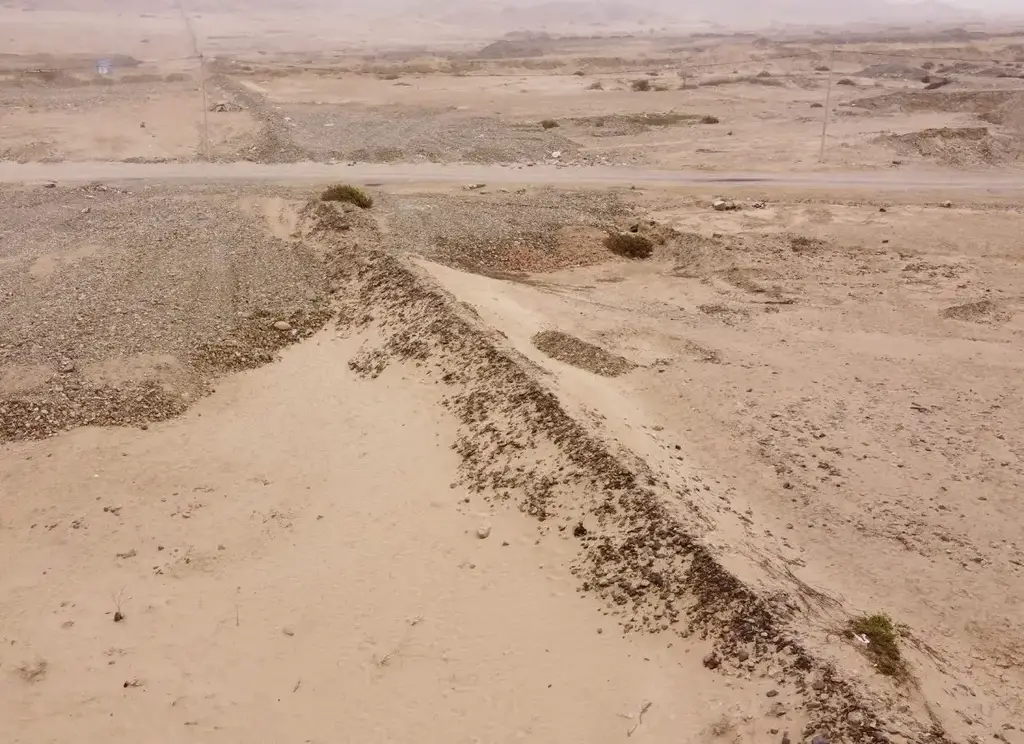Archaeologists conducting a study of the Muralla La Cumbre, a 10 km wall in northern Peru, have concluded that the Chimú Culture constructed the wall to protect the capital of Chan Chan against El Niño events.
The Chimú culture emerged around AD 850-900 and controlled a territory encompassing 1,000 km (620 mi) of coastline from Piura in the north to Paramonga in the south.
The Kingdom was centred on Chan Chan, a large adobe city located at the mouth of the Moche Valley in an arid area of coastal desert. The city reached its peak during the 15th century AD, where it is estimated to have had a population of around 40,000 to 60,000 inhabitants.
The Chimú constructed the Muralla La Cumbre, a large trapezoidal stone wall during the 13th or 14th century AD, which runs from Cerro Cabras to Cerro Campana over a distance of 10 km.
Various theories for the purpose of the wall have been proposed, with the most prominent being as a territorial delimitation of the Chimú capital, to protect the city from Inca invasion, or as a ceremonial causeway.
Excavations led by archaeologist, Gabriel Prieto Burméster, Director of the Huanchaco (Pahuan) Archaeological Project, has suggested that the wall was instead built to protect Chan Chan from El Niño events.
El Niño events may have led to the demise of the Moche and other pre-Columbian Peruvian cultures. A recent study, titled “Global impact of the 1789-93 El Niño”, even suggests that a strong El Niño event caused poor crop yields in Europe, which in turn helped spark the French Revolution.
The researchers found an accumulation of almost two metres of sediment with multiple interstices of sand and mud which only occur on one side of the wall. There are 12 interstices detected, suggesting 12 climatic events.
A radio carbon analysis of roots found in one of the sediment layers has revealed a date of AD 1400-1450. This period coincides with a large sacrifice of 250 children and 40 warriors discovered near Chan Chan in 2019, which experts at the time suggest was to appease the gods for protection against natural catastrophes linked to El Niño events.
Header Image Credit : Gabriel Prieto / Huanchaco Archaeological Project







